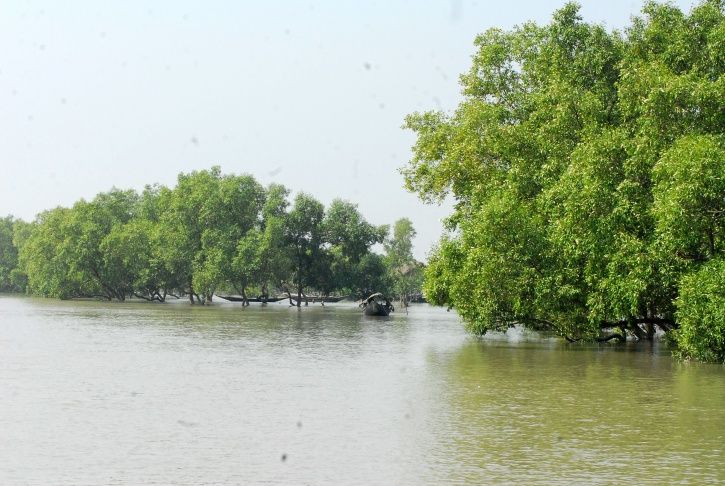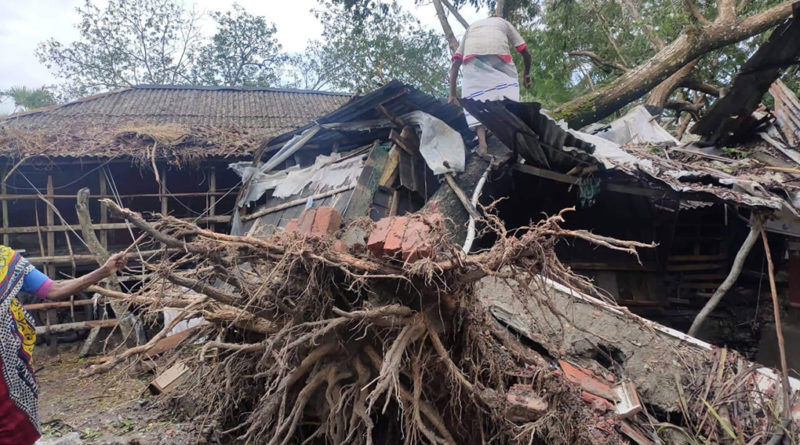Mangroves Saved Hundreds Of Lives During Cyclone Bulbul
Mangroves significantly reduce annual and catastrophic damages from storms and are a strong first line of defense for coastal communities. The Sundarbans reduced the wind speed of Cyclone Bulbul by 20 kilometres an hour and – at its own expense – saved the rest of southern Bengal from the fury of the storm.
The Sunderbans itself has been ravaged by humans, though. Out of the 102 islands, 54 have human settlements; the rest have forests with national parks, reserve forests and sanctuaries which are home to the only mangrove tigers in the world.

When Cyclone Bulbul hit Odisha and West Bengal last week, it was more violent than Cyclone Alia that hit south Bengal districts a decade ago. Winds with speeds of up to 135 kmph in the coastal areas and incessant rains caused severe damage to the states’ coastal areas. In May 2009, the mangrove forest saved the city from the impact of cyclone Aila.
Environmentalists thank this to two factors — the low tide and mangrove forest of Sunderbans that withstood the brunt of Cyclone Bulbul. According to them, as Cyclone Bulbul approached, the mangroves impeded the wind, proving yet again its importance in safeguarding coasts from storms that are becoming increasingly more frequent and more severe due to climate change.
The Sunderbans spans 10,000 sq km across India and Bangladesh, of which 40% is in India, and is home to many rare and globally threatened wildlife species such as the Royal Bengal Tiger and the estuarine crocodile. In India, it is confined to the southern tip of West Bengal and spreads over two districts, South 24 Parganas and North 24 Parganas.
In the last century, India has lost 40 per cent of its mangroves and the alarming rise in continuous depletion due to commercial activities is putting country’s coastal areas at massive risk.
Numerous studies have shown that mangroves play a critical role in protecting coastal communities from the impact of large storms. Climate change is not characterised only by rising temperatures, but also more frequent and strengthened weather events such as cyclones, typhoons and hurricanes.




